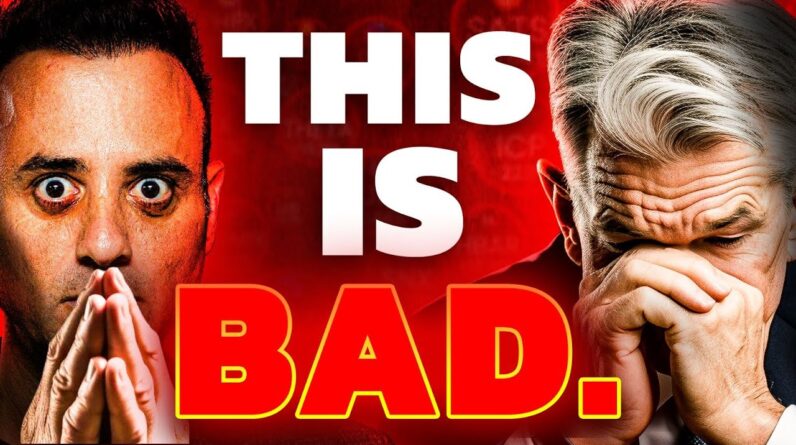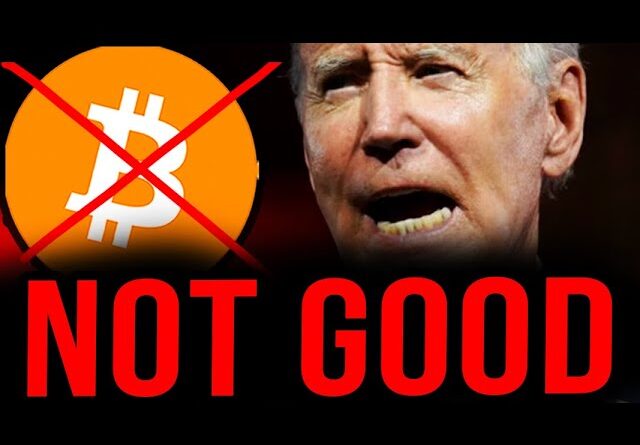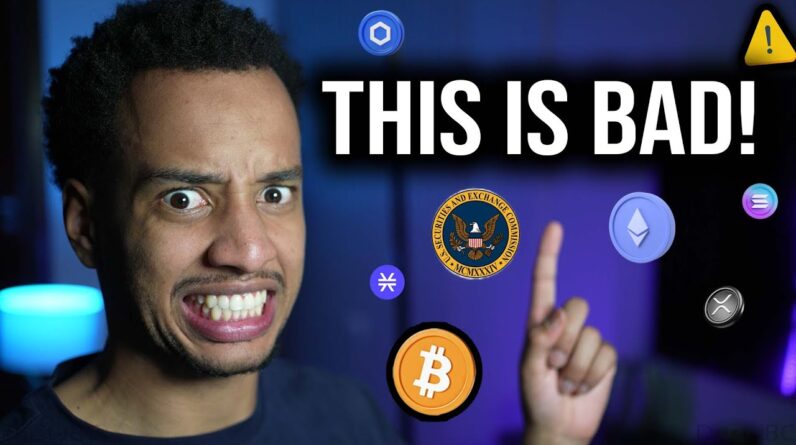
Technology users have grown accustomed to selecting a preferred device or software and then investing heavily in its supporting branded ecosystem. But for blockchain proponents, like Stanford Professor of Computer Science and Electrical Engineering Dan Boneh, blockchain is a refreshing change because as an open source technology it remains accessible to the community.
However, even in a sector where he says, “nothing is proprietary,” there is a need for privacy. Much of Professor Boneh’s work with Ripple’s University Blockchain Research Initiative (UBRI) has touched on new applications that ensure transactions can be private, while the blockchain remains open, trusted and verifiable.
Blockchain as an Outlet for Cryptography in Application
As the head of Stanford University’s Applied Cryptography Group and co-director of its Computer Security Lab, Professor Boneh’s research focuses on applications of cryptography for computer security. The author of more than a hundred publications in the field and a Packard and Alfred P. Sloan fellow, he has won numerous awards over the course of his career.
He is quick to make the point that cryptography predates blockchain by centuries. But during his early career in the field, cryptography had been lacking a way to effectively deploy its advanced techniques into mainstream applications. He is enamored of the massive audience now interested in blockchain, and its appetite for using advanced cryptographic techniques in application to real world issues.
One of the early blockchain challenges that intrigued Professor Boneh was how a cryptographic exchange could prove solvency, or that it holds more assets than obligations. The hurdle being the ability to prove this without revealing the assets to the world. The solution was the use of a zero-knowledge proof.
Similarly, he was fascinated by the opportunity to reduce the amount of data on the blockchain without impairing its ability to verify its accuracy. This was challenging because of the need to sign and warehouse every transaction on the blockchain so the open source community could verify that it’s correct. Ultimately, he helped develop a way to compress all the signatures to avoid storing millions of them individually while still ensuring verifiability.
Empowering Students Through Research
The field of crypto and blockchain technology has evolved quickly and considerably since Professor Boneh’s early projects. He attributes some of this to more sophisticated infrastructure and tools for developers. When he began teaching, the development environment was rudimentary but now it’s grown into smart contracts and decentralized applications.
Through his courses and research—and in conjunction with UBRI—he hopes to show a rising generation of technologists and entrepreneurs how to leverage these new tools to ensure that crypto blockchain continues to help solve real world problems.
In fact, the goal of his core computer science class for blockchain—which he’s been teaching since 2015 and that can attract more than a 100 students per session—is for students to design and build their own applications by course end.
Many well-known solutions have resulted from both this course and Professor Boneh’s research group, including systems such as Bulletproofs, and more recently Supersonic. These are new approaches to short zero-knowledge proofs, called SNARKs, that enable private transactions on a public blockchain.
SNARKs play a valuable role in blockchain-based business dealings because they encrypt transaction data but ensure that the chain remains verifiable and intact. Using a SNARK, anyone can verify that the data is correct, but they cannot view the data within the ciphertext.
Supersonic is a highly efficient SNARK that does not require trusted setup, a limitation in prior versions.
Another group of students in his group identified a security hole in popular private blockchain payment systems, which allows people to make payments through the blockchain without revealing the transacting partners or transaction amounts. Professor Boneh’s group helped identify, and propose a solution to, a vulnerability that allowed for the use of side channels to de-anonymize these transactions.
Expanding Blockchain Literacy With UBRI
These are all good examples of what Professor Boneh calls a collaborative community in the world of blockchain. He hopes to build on these and others to ultimately address the future governance of blockchain projects.
To realize that goal, he will continue using UBRI to help enhance literacy surrounding blockchain. In academia and through his research, he hopes to push the public and the media beyond “shallow discussions of price” to understand that the power of blockchain lies in the new applications it enables.
UBRI is an important funder of his research and courses, including blockchain events like The Stanford Blockchain Conference, which takes place over three days and attracts more than 800 participants.
Professor Boneh also uses UBRI to fund graduate student work like that of PhD student Riad Wahby. Wahby is working on digital signatures for blockchains, and on optimizing Rollup, a scaling technique that would benefit all blockchains.
As he looks toward the future, Professor Boneh is happy with how the Ripple partnership has unfolded and excited to continue its important work.
To learn more about UBRI, please visit our UBRI website and look for monthly Insights posts in the On Campus series.
Editor’s Note: Professor Boneh’s Stanford courses are available online through Coursera, and his free cryptography textbook for the blockchain community is available at Cryptobook.us.
The post On Campus: Stanford University Cryptography Professor Enables Privacy and Trust on Public Blockchains appeared first on Ripple.







